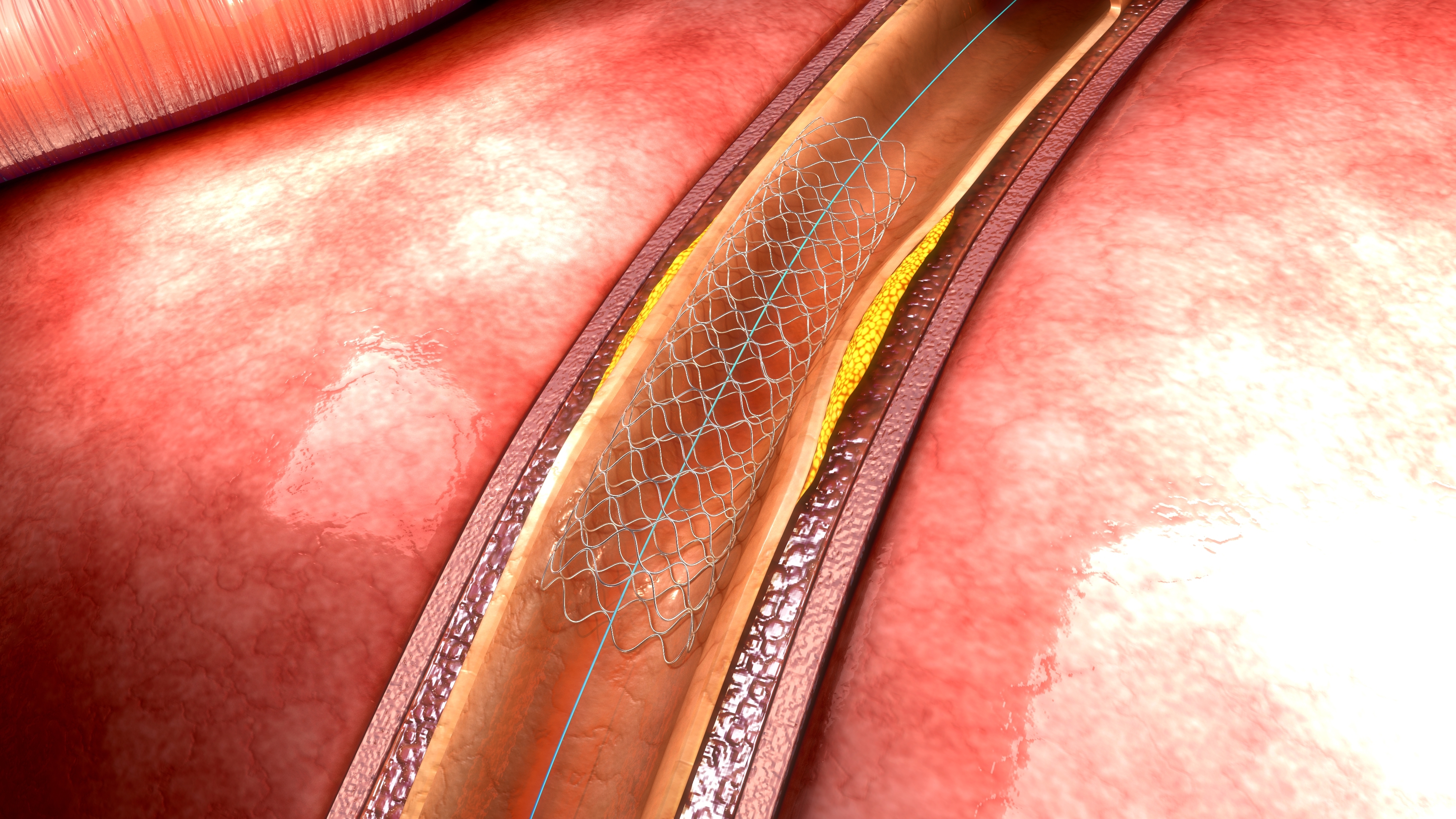Key Takeaways:
- In this international registry, 266 patients with dual pathology, aortic stenosis and cardiac amyloidosis were identified and matched. A control cohort of lone AS receiving aortic valve replacement was used for outcome comparison.
- ATTR-specific medication, predominantly tafamidis, significantly improved survival in patients with dual aortic stenosis (AS) and transthyretin-associated cardiac amyloidosis (ATTR-CA) (adjusted HR 0.42; 95% CI 0.24–0.72), emphasizing its role in managing this complex pathology.
- Aortic valve replacement (AVR), particularly in severe AS, provided substantial survival benefits (HR 0.42; 95% CI 0.25–0.72), with the combination of AVR and ATTR-specific therapy yielding outcomes comparable to lone AS patients undergoing AVR.
Aortic stenosis (AS) and transthyretin-associated cardiac amyloidosis (ATTR-CA) often coexist in older adults, contributing to poor heart failure outcomes. The prognostic benefit of ATTR-specific medications, such as tafamidis, in combination with aortic valve replacement (AVR) has been uncertain in this population. In a multinational registry study, investigators evaluated the survival impact of ATTR-specific therapy and AVR in patients with dual AS and ATTR-CA pathology.
This multicenter, international, transatlantic registry (NCT06129331 ) included 226 patients (mean age 85±6 years, 80% male) with moderate-to-severe AS diagnosed via transthoracic echocardiography and ATTR-CA confirmed by myocardial scintigraphy or biopsy. A control cohort of lone AS receiving aortic valve replacement matched for EusoSCORE-II was used for outcome comparison. Among the cohort study , 71% underwent transcatheter AVR (TAVR), 4% had surgical AVR, 1% received balloon angioplasty, and 24% were managed conservatively. Additionally, 69 patients (31%) received ATTR-specific treatment, primarily tafamidis.
Over a median follow-up of 3.6±1.7 years, all-cause mortality occurred in 50% of patients, and 26% experienced heart failure hospitalization (HHF). ATTR-specific medication independently improved survival (adjusted HR 0.42; 95% CI 0.24–0.72) but did not significantly affect time to first HHF. AVR was associated with improved survival overall (HR 0.63; 95% CI 0.40–0.99, p=0.045) and in patients with severe AS (HR 0.42; 95% CI 0.25–0.72, p=0.001). Patients who received both ATTR-specific treatment and AVR had the most favorable survival outcomes, comparable to a control cohort of lone AS patients undergoing AVR (log-rank, p=0.18).
These findings highlight the importance of addressing both pathologies in patients with concomitant AS and ATTR-CA, paving the way for optimizing management strategies in this challenging population.





